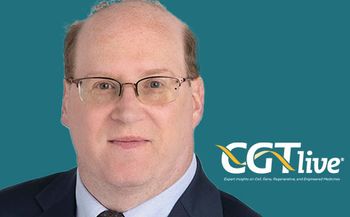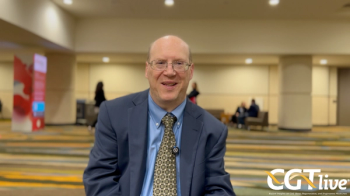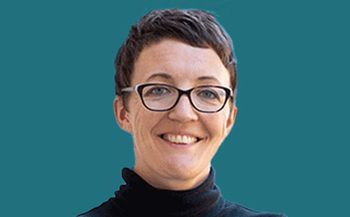
Pietro Genovese, PhD, on Using Base-Editing to Protect Healthy Stem Cells from Immunotherapy Toxicity
The principal investigator at the Gene Therapy Program of Dana-Farber/Boston Children’s Cancer and Blood Disorder Center discussed innovative uses of gene editing technology.
“The big picture, of course, is that now that we have available these very powerful editing tools, we can really exploit them to develop innovative concepts about immunotherapy, conditioning, and gene therapies.”
Many targeted therapies for treating cancer, such as chimeric antigen receptor T-cell (CAR-T) therapy and monoclonal antibody therapy, function by targeting a specific antigen typically found on the tumor cells of the specific cancer of interest. Although this treatment approach can provide a highly potent and specific approach to destroying the cancer cells, the same antigen being targeted is also often expressed on at least some cell types of the patients’ own healthy tissue, thus leading to potentially serious toxicity when the healthy cells are targeted by the therapy. A diverse array of methods are currently being researched by numerous companies and institutions with the goal of mitigating or eliminating this important risk. Notably, Pietro Genovese, PhD, the principal investigator at the Gene Therapy Program of Dana-Farber/Boston Children’s Cancer and Blood Disorder Center, and his colleagues are currently engaged in preclinical research on the potential use of base-editing of healthy hematopoietic stem cells to make them “invisible” to the targeted immunotherapies used to treat hematological malignancies such as acute myeloid leukemia. The approach involves a slight modification of the epitopes of the targeted antigens on the healthy cells so that they will not be targeted by the immunotherapy, thus evading the potential toxicity. Genovese presented mouse model research on this method at
After his presentation, CGTLive® sat down with Genovese to learn more about the approach and areas of interest for further research. Genovese discussed the promising early findings and noted that base-editing tools could also be used to protect healthy cells from chemotherapy used in noncancer applications, such as hematopoietic stem cell transplant for the treatment of hemoglobinopathies like sickle cell disease.
REFERENCES
1. Genovese P. Base-editing of hematopoietic stem cells. Presented at: 2024 Tandem Meetings, February 21-24, San Antonio, Texas.
Newsletter
Stay at the forefront of cutting-edge science with CGT—your direct line to expert insights, breakthrough data, and real-time coverage of the latest advancements in cell and gene therapy.

















































